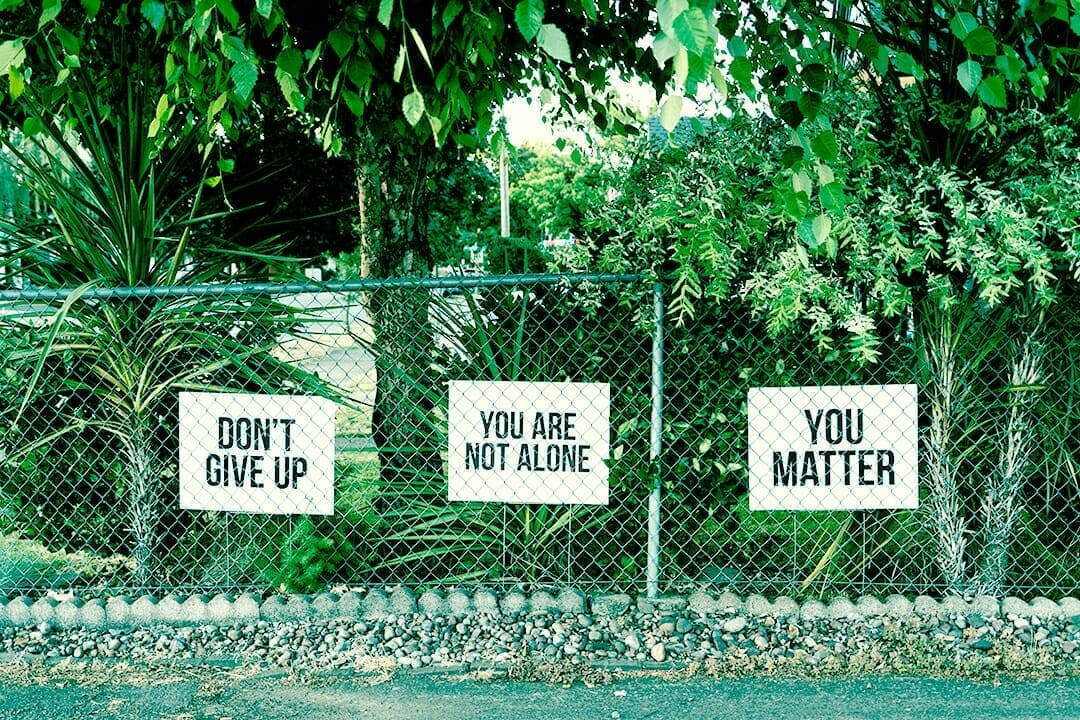
Headache, fever, flu, vomiting, exhaustion … you name it, you’re sick. You might hope whatever ails you will pass in a few days with some bed rest, but it’s still stubborn and seems like a doctor visit may be inevitable. Or worse, you’ve received the chilling diagnosis of a chronic illness, be it manageable or not. For most people who find themselves ill, identifying the right kind of treatment is very important; crucial for attaining comfort, well-being, and avoiding any side effects of depression which may result from being sick.
Conventional medicine can do amazing things, but despite recent changes in health care, medical treatments can still be expensive, and the side effects of many invasive treatments can be detrimental. It is small wonder then that many people are turning to alternative treatments in hopes of finding a cure. In fact, some people claim that alternative healing works better than conventional medicine while saving costs and healing your body in a more natural manner. When deciphering the pros and cons of conventional and alternative healing, it’s helpful to understand what alternative preventive medicine is, the types of treatments available, their advantages and disadvantages, and their financial impact. Alternative medicine is currently being used for many purposes, including healing brain tumors, brain injuries, and developing brain function.
There are many different types, and some of the common forms include:
Homeopathy. Using substances that could normally harm a healthy person to treat similar symptoms in an ill person.
Yoga-exercise positions with meditation and breathing to relax the mind and body. This has been shown to reduce stress, increase flexibility, improve asthma symptoms, and help with overall mobility.
Spinal manipulation. Also known as chiropractic care, manipulates joints and muscles to reduce pain. It has been shown to help with headaches, back pains, and neck pains.
Herbs. Often inhaled, ingested, or rubbed on the skin. People turn to herbs to alleviate ailments such as cold symptoms or pain.
Acupuncture. Used to treat emotional and mental conditions in addition to pain. It has also been shown to be helpful in treating certain types of cancer.
These approaches treat illnesses as they have been treated for thousands of years and come from Indigenous cultures around the globe. Some people prefer alternative treatments because they view modern treatments like antibiotics as being harsh on the body, using chemicals that often do more harm than good. The common thread among all alternative practices is to use a more natural and holistic approach, rather than focusing on specific organ systems as modern medicine does.
Pharmaceutical companies and alternative healers are each in a business of helping people but in the long run alternative treatments and medicines tend to cost less. While there are lots of claims of “miraculous” healings occurring through alternative treatments, from alleviating minor pains to curing cancer, scientific evidence in regards to these cases, although growing, is far from rigorous.
The National Institutes of Health (NIH) has dedicated an entire branch to studying the effects of alternative medicine: the National Center for Complementary and Integrative Health (NCCIH), which conducts clinical trials and scientific research on alternative medicine. Examples of recent studies that the NCCIH has undertaken include use of Echinacea for the common cold, using electroacupuncture for treating depression, and the use of Ginkgo biloba to prevent the onset of Alzheimer’s in the elderly. Electroacupuncture did appear to help individuals with depression while Ginkgo biloba did not seem to prevent the development of dementia or Alzheimer’s. They are still awaiting the results of the Echinacea study.
The Advantages
There is quite a bit of controversy surrounding alternative healing treatments. Lay people and medical professionals disregard certain types of this preventive medicine as complete bunk, while others swear by the effectiveness of certain alternative medical treatments. While the debate rages on among doctors and consumers, it is likely that alternative medicine will continue to thrive, with a growing base of clientele — surely there must be a reason that they keep coming back for more.
There really is something to some types of alternative healing options. Seeing a chiropractor for spinal manipulation has been proven to relieve headaches and pain associated with the back and neck. In a two-year study, the U.S. Army saw an approximate 2 percent reduction in opioid use for pain management thanks to alternative healing options like acupuncture and yoga. Acupuncture has also been proven to reduce pain as well as nausea and chemotherapy-induced vomiting in cancer patients.
Yoga has also been shown to help improve overall health by reducing asthma symptoms, increasing flexibility, and decreasing stress. One of the greatest and most viral success stories include Arthur Boorman, a disabled Gulf War veteran who was told he would never walk again without the assistance of crutches. By practicing yoga and switching to a nutrient-based diet, he not only lost 140 pounds over the course of a year but also regained the ability to walk and even run.








